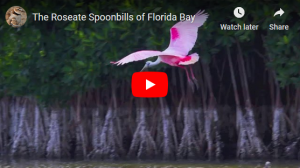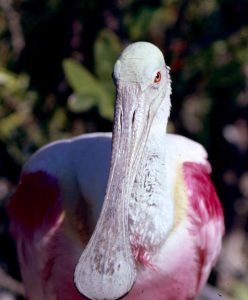
As a result of the “feather craze” that decimated Florida’s bird populations, the Florida Audubon Society found that the roseate spoonbill had been the mostly heavily hit. Plume hunters and poachers sought out the roseate spoonbill for its beautiful, bright pink and orange plumage. The Audubon Society “understood that in order to save endangered birds from extinction, [it] would have to bring more resources to bear than wardens and sanctuaries.”[1] Because the population of spoonbills had been so devastated, their “critical situation called for careful study of the living birds in the wild” and Robert Porter Allen was the perfect person for the job.[1]
Allen moved to the Everglades with his family in 1939 and established the Audubon’s research station on Tavernier. He diligently studied the spoonbills for twenty-five months, living among them in a tent for weeks at a time.[2] Due to the scarcity of the roseate spoonbill, Allen had to use different methods than those of other ornithologists. At the time, scientists believed that the best way to study a bird species’ eating habits was to kill them and examine their stomach contents.[3] Allen decided to take a different path in field research: careful observation and detailed note taking.
Over two years:
“Allen sketched more than three hundred spoonbills, noting that the slight color variation of their plumage darkened as the birds aged … the big picture emerged with a clear understanding of why there were no roseate spoonbill nesting colonies in Florida. Allen knew that spoonbills molted several times before they attained their bright, pink adult plumage at about the age of thirty-three months. By this time, he has collected data on the plumage of 305 spoonbills, more than half of the approximate 500 total that flew to Florida in the summer. His plumage analysis concluded that less than 1 percent of the Florida flock was more than three years old. In other words, 99 percent of the Florida birds had not yet reached breeding age.”[4]
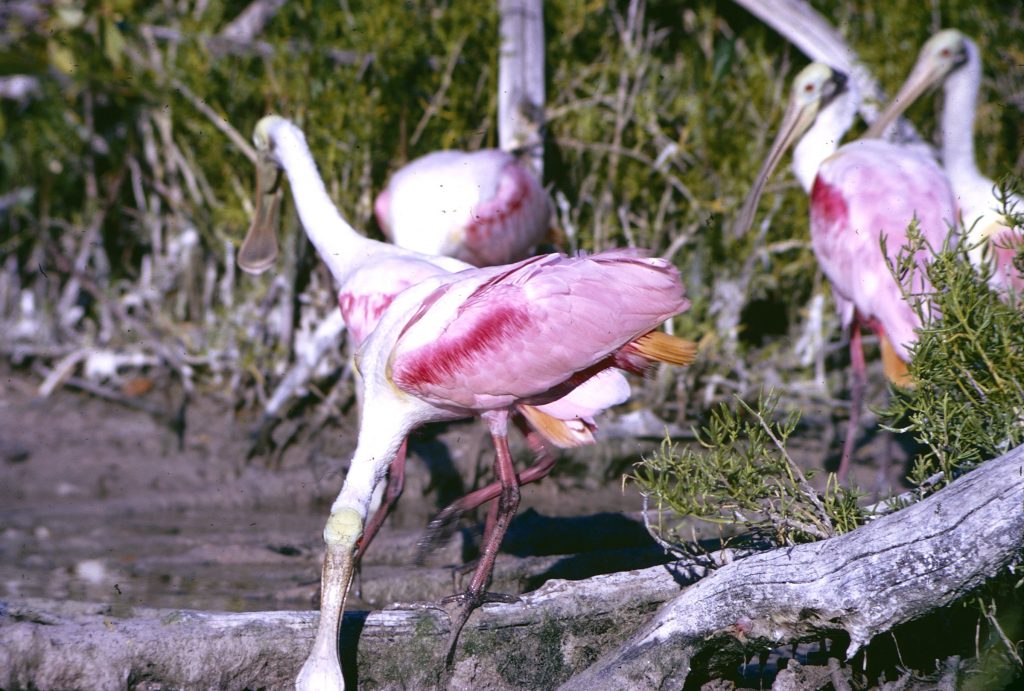
Through his careful research, Robert Porter Allen “changed how scientists studied birds and began 75 years of Audubon data investigating the Spoonbill and its habitat.”[3] Today, Dr. Jerry Lorenz continues the Roseate Spoonbill studies that Allen began 81 years ago. His research has shown that there have been recent “shifts in nesting distribution due to habitat destruction in the Keys.” This conclusion is significant because it demonstrates “how spoonbills are sensitive to changes in the quantity and quality of their foraging habitat,” showing that the spoonbill could be an important “indicator species” in the Everglades Restoration Plan.[3]
Allen’s research station still exists and is now called the Audubon’s Everglades Science Center (ESC). The ESC conducts research on a variety of topics and species. From the flow of freshwater into Florida Bay and the food base for higher predators to Whooping Cranes and Flamingos, the ESC is devoted to studying and conserving Florida’s Everglades. [3]
Learn more about the fascinating history of the Roseate Spoonbill, Robert Porter Allen, and the Audubon Everglades Science Center by exploring the collections and resources below!

Robert Porter Allen Digital Collection:
With 409 digitized items, this collection features the research of Robert Porter Allen (1905 – 1963), ornithologist and conservation activist with the National Audubon Society. His important research worked to save the roseate spoonbill and whooping crane from extinction. This collection includes his field notes, photographs, maps, and reports that are housed in USF Libraries’ Special Collections.
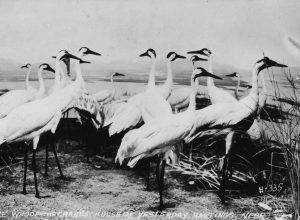
“Robert Porter Allen: Savior of the Whooping Cranes” Exhibit:
This captivating exhibit examines the life and work of ornithologist Robert Porter Allen through his papers, which are housed in USF Libraries’ Special Collections. Its sections cover Allen’s early life, Tavernier Research Station, the Roseate Spoonbill, the Whooping Crane, and Allen’s legacy.
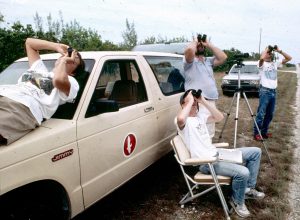
Audubon Florida Tavernier Research Papers Digital Collection:
With 996 digitized items, this collection contains images donated by the Audubon Everglades Science Center. The entire collection, housed in USF Libraries’ Special Collections, includes field notes, official reports, research documents, computer disks, data sheets, correspondence, publications, pamphlets, studies and photographs.
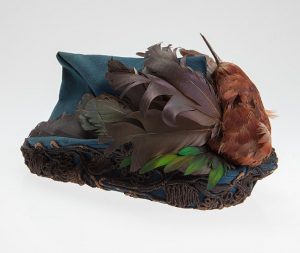
The Fashion Craze that Galvanized Conservationists:
Video: “The Roseate Spoonbills of Florida Bay”
REFERENCES
[1] “Robert Porter Allen: Savior of the Whooping Crane,” USF Special Collections Exhibit, Curators Sydney Jordan and Jonathan Rodriguez-Perez, Accessed February 26, 2020, https://usflibrary.maps.arcgis.com/apps/Cascade/index.html?appid=4495bbed3b57478f9e74988ef29cc86b.
[2] “Conservation: Everglades Science,” Audubon Florida, the National Audubon Society, Accessed February 26, 2020, https://fl.audubon.org/conservation/everglades-science.
[3] “Chapters & Centers: Audubon’s Everglades Science Center,” Audubon Florida, the National Audubon Society, Accessed February 26, 2020, https://fl.audubon.org/chapters-centers/audubons-everglades-science-center.
[4] Kathleen Kaska, The Man Who Saved the Whooping Crane: The Robert Porter Allen Story (University Press of Florida, 2012) p. 31.
